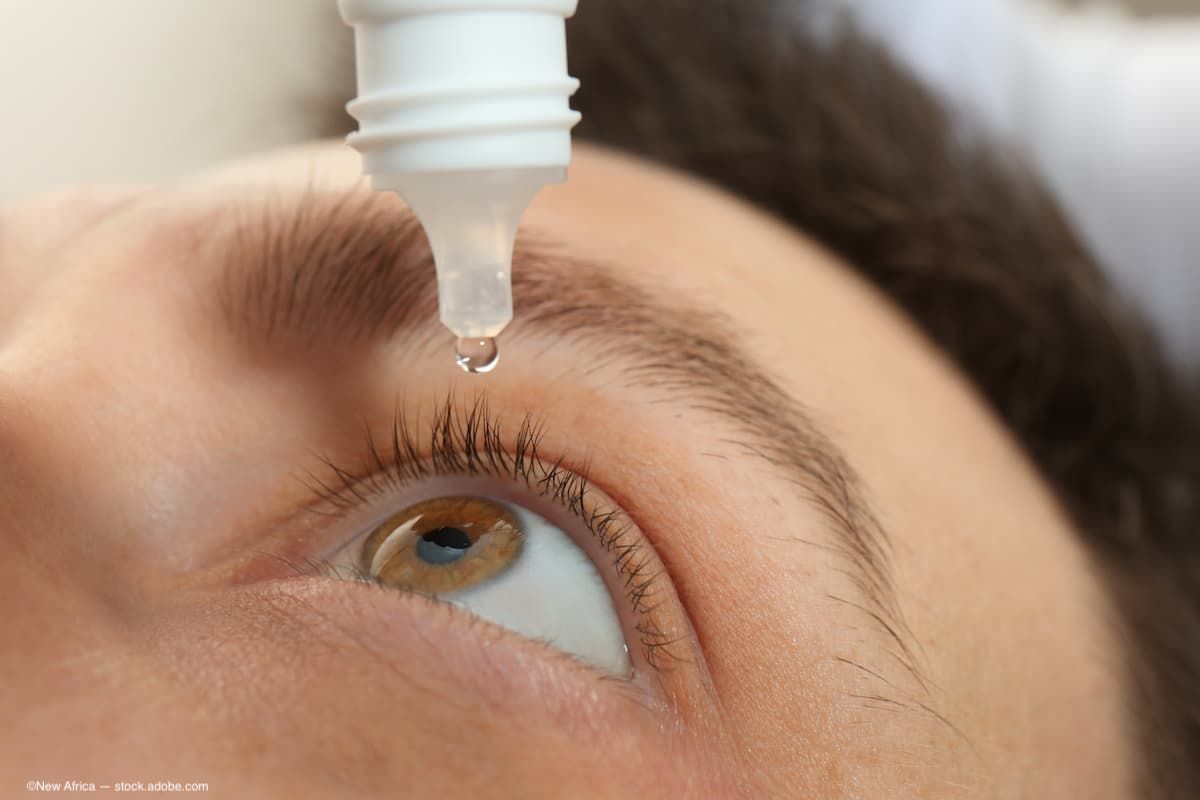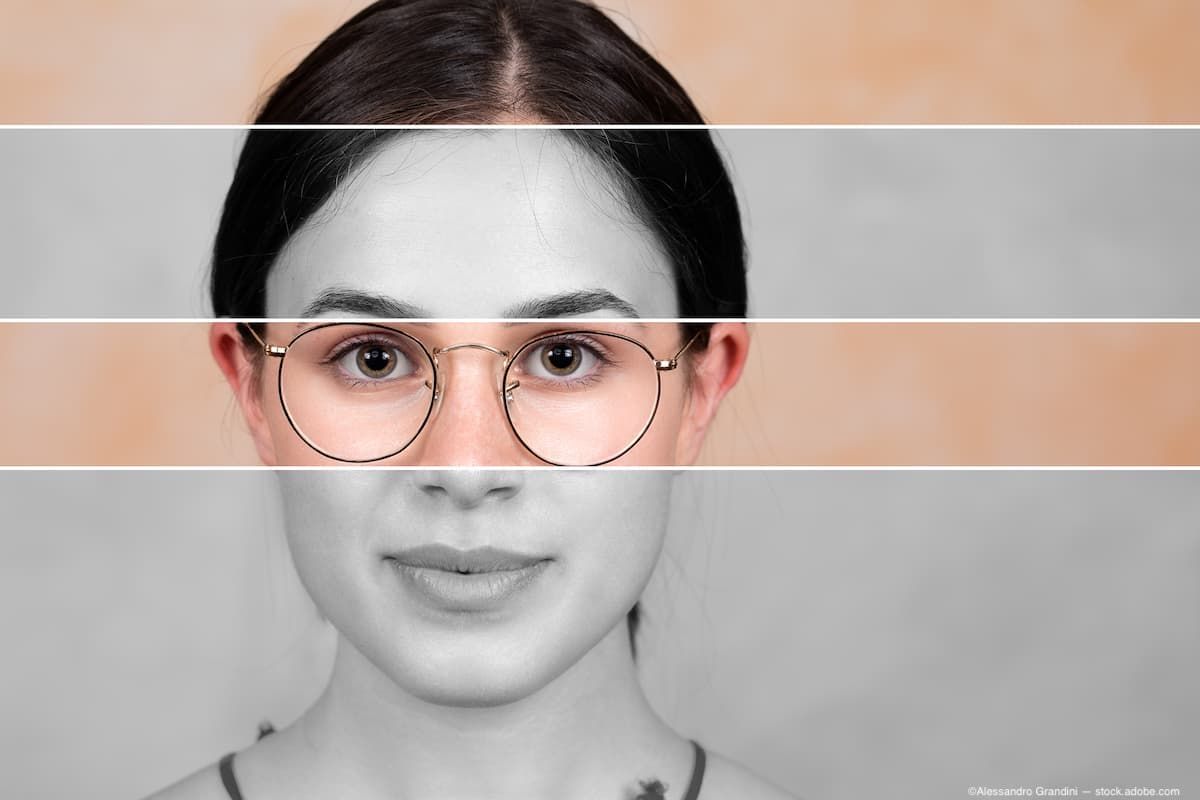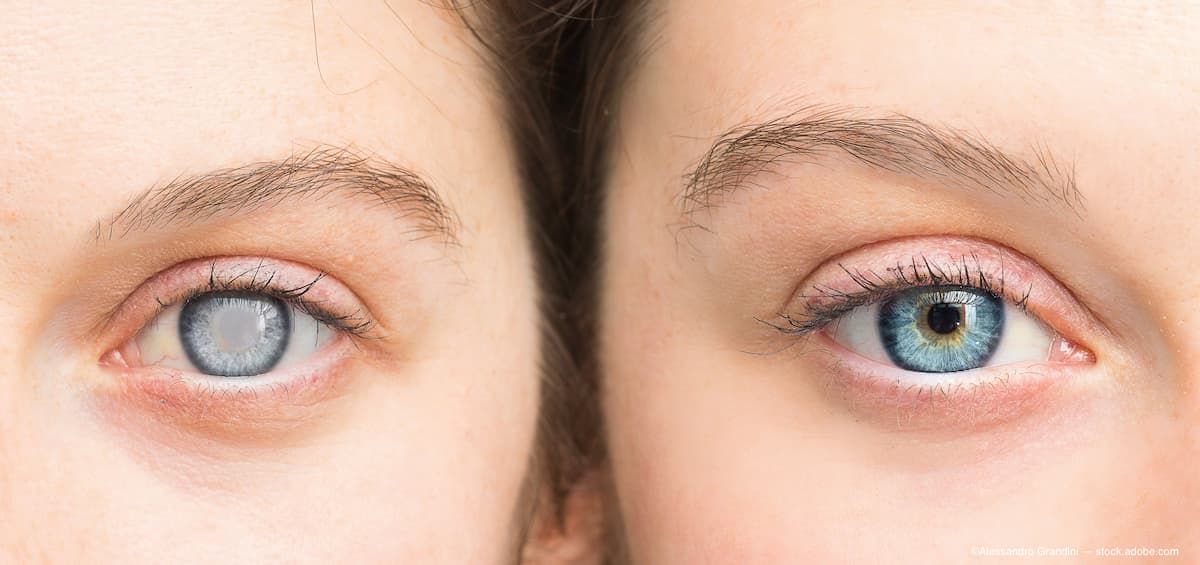Article
How CATS prism can impact clinical decision making
A modified correcting applanation tonometry surface (CATS) prism reduces measurement errors due to corneal biomechanical parameters and improves the accuracy of IOP measurements compared with a standard Goldmann applanation tonometer (GAT) prism.
Results of a clinical study show that a modified correcting applanation tonometry surface (CATS) prism (CATS Tonometer Prism, Intuor Technologies) reduces measurement errors due to corneal biomechanical parameters and improves the accuracy of IOP measurements compared with a standard Goldmann applanation tonometer (GAT) prism, said Sean McCafferty, MD.
The CATS prism, which received 510(k) clearance in March 2018, fits onto any existing Goldmann or Perkins tonometer without need for recalibration or alteration in measurement technique or interpretation.
Designed to overcome IOP measurement errors due to patient variability in corneal thickness, rigidity, curvature, and tear film adhesion force, the CATS prism differs from a standard GAT prism by its shaped contact surface, which has a central concave region surrounded by an annular convexity.
Dr. McCafferty compared the measurement accuracy of the GAT and CATS prisms and the effects of corneal thickness and biomechanics on the data acquired in a study that included 58 eyes undergoing cataract surgery. Manometrically modulated and maintained IOP measured with an intracameral pressure transducer was used as the reference.
Results showed that the CATS prism significantly reduced GAT dependence on both central corneal thickness and hysteresis and significantly improved IOP accuracy in thin corneas (<530 microns) and at a low IOP (<10 mm Hg).
“Errors in GAT prism IOP measurements have been recognized for decades and even mentioned by Goldmann himself,” said Dr. McCafferty, inventor of the CATS prism, who is in private practice, Arizona Eye Associates, Tucson, AZ, and president and chief executive officer, Intuor Technologies, Tucson.
“We believe use of the CATS prism can impact clinical decision making and may be particularly useful in eyes with thinner corneas and those with non-standard corneas, including eyes with keratoconus, a history of LASIK, pediatric eyes, and those with low IOP, such as after glaucoma surgery,” he said.
The clinical study was partly undertaken to validate findings from prior mathematical modeling that showed the CATS prism reduced biomechanical GAT errors by 50% without bias. He noted that it was important in the clinical study to compare the measurements obtained with the GAT and CATS prisms to a true gold-standard, i.e., transducer intracameral measurements.
“Directly comparing the CATS prism to the GATS prism would not tell us anything about improved accuracy of the CATS prism,” Dr. McCafferty said.
“Obtaining intracameral measurements and IOP measurements during live surgery makes the clinical study technically challenging, but we used rigorous methodology and diligence to control for potential variables.”
IOP was manometrically modulated to 10, 20, and 40 mm Hg while IOP was simultaneously measured externally using the GAT and CATS prisms attached to a Perkins tonometer. The differences between the GAT and CATS IOP measurements from the true intracameral pressure were correlated to central corneal thickness (CCT) and corneal hysteresis, which were measured just prior to surgery.
The analysis comparing the CATS prism and GAT prism IOP measurements with intracameral transducer IOP showed similar bias between the two prisms overall except at the l0 mmHg pressure where the GAT prism often measured IOP as being close to 0 while the CATS prism measurement was significantly closer to the intracameral pressure.
The evaluations of IOP measurement dependence on measured biomechanical variables showed that only the GAT prism data were significantly affected by CCT, and there was a nearly significant correlation between the GAT prism IOP and corneal hysteresis.
“Whereas we found the CATS prism measurements were independent of CCT and corneal hysteresis, compared with the true intracameral pressures, IOP measurements obtained with the GAT prism tended to be lower in thinner corneas and higher in thicker corneas,” Dr. McCafferty said. “Additionally, the GAT measured IOP tended to be lower in low hysteresis corneas and higher in high hysteresis corneas.”
He added, “The bias between the two methods was predominantly at the low IOP where the GAT prism measured IOP as close to zero, and the difference in their measurement accuracy was most significant in eyes where CCT was <530 microns, which represents a significant portion of the population.”
Dr. McCafferty said that he is planning future studies to evaluate the accuracy of the CATS prism in pediatric eyes and in patients with a history of corneal refractive surgery.
The study he presented was supported in part by an NIH SBIR grant and was recently published [McCafferty S, et al. BMC Ophthalmol. 2018;18:2]. He holds the patent on the CATS prism and is a shareholder in Intuor Technologies.
Newsletter
Don’t miss out—get Ophthalmology Times updates on the latest clinical advancements and expert interviews, straight to your inbox.





